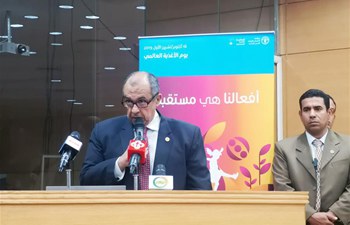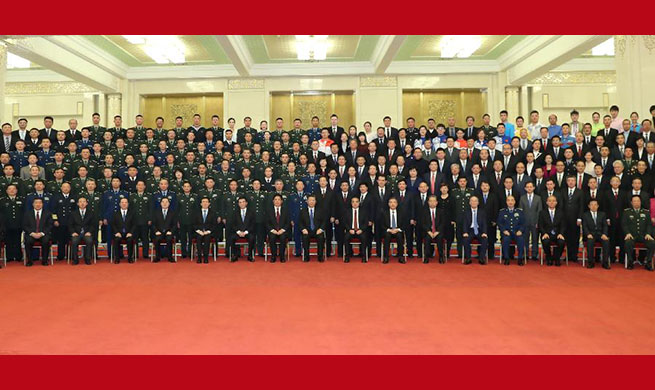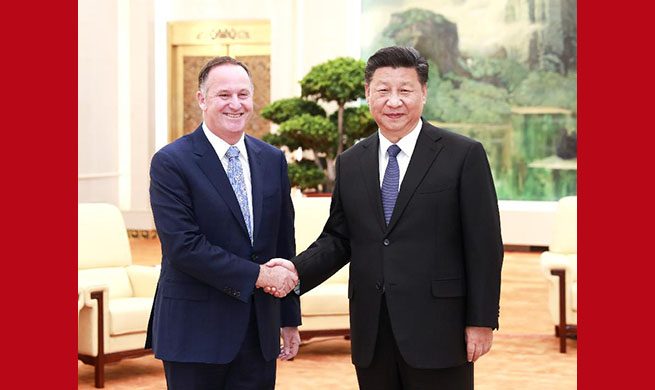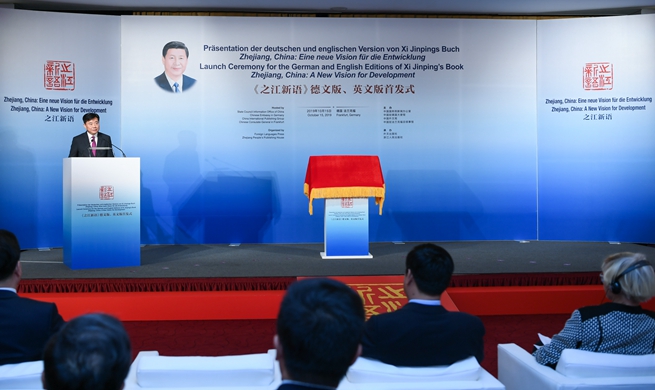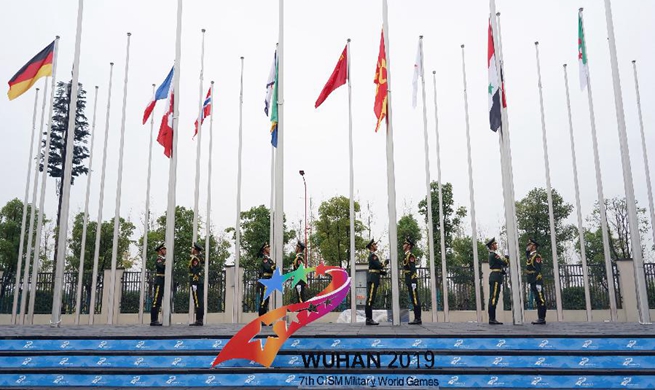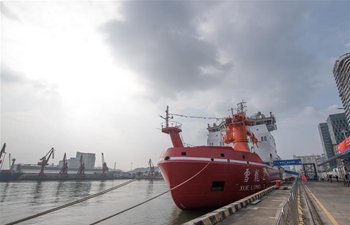BEIJING, Oct. 17 (Xinhua) -- China is preparing for the upcoming high-density space missions to construct China's space station, and the Long March-5B carrier rocket, set to launch capsules for the space station, is expected to make its maiden flight in 2020.
Zhou Jianping, an academician of the Chinese Academy of Engineering, has been appointed the chief designer of China's manned space program, and Gu Yidong, an academician of the Chinese Academy of Sciences, has been appointed the chief space scientist of the program, according to the China Manned Space Agency.
China's first astronaut Yang Liwei and seven other experts in the fields such as spacecraft, carrier rocket, space technology application, monitoring and communication systems have been appointed deputy chief designers of the program.
China aims to complete the construction of the space station around 2022. Weighing 66 tonnes, the Tiangong space station will be T-shaped with the Tianhe core module at the center and the Wentian and Mengtian experiment capsules on each side.
The station, which will orbit 340 to 450 km above the Earth's surface, could be enlarged to 180 tonnes if required and accommodate three to six astronauts. It is designed to last at least 10 years and could be prolonged through in-orbit maintenance, according to Zhou Jianping.
Sixteen experiment racks will be installed on the space station to support hundreds of space research projects.
China is also selecting new astronauts for space station missions. After the construction of the station is completed, China welcomes overseas astronauts to work together with domestic astronauts aboard China's space station. International spacecraft can also be docked with China's space station if they use a Chinese docking mechanism, Zhou said.









